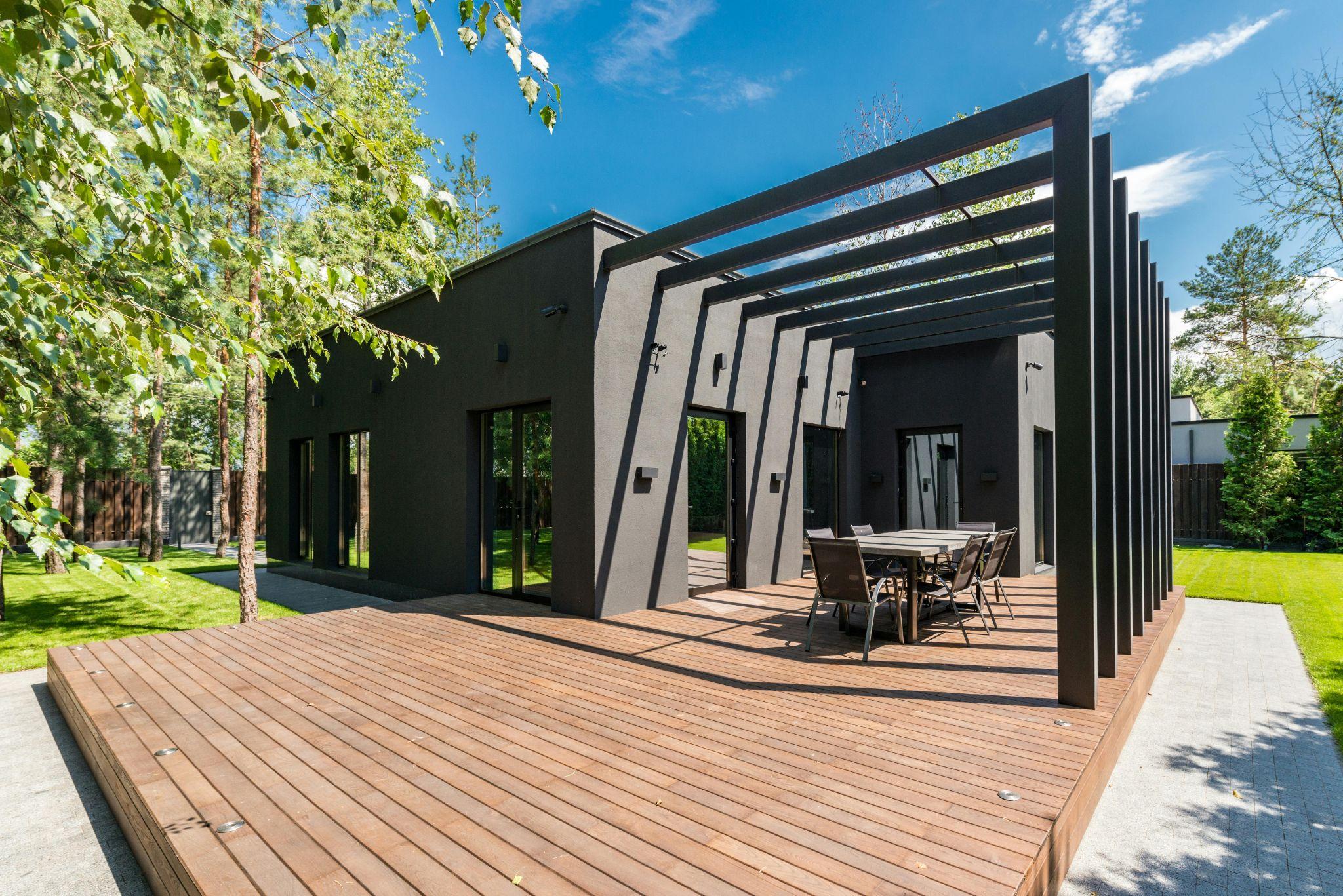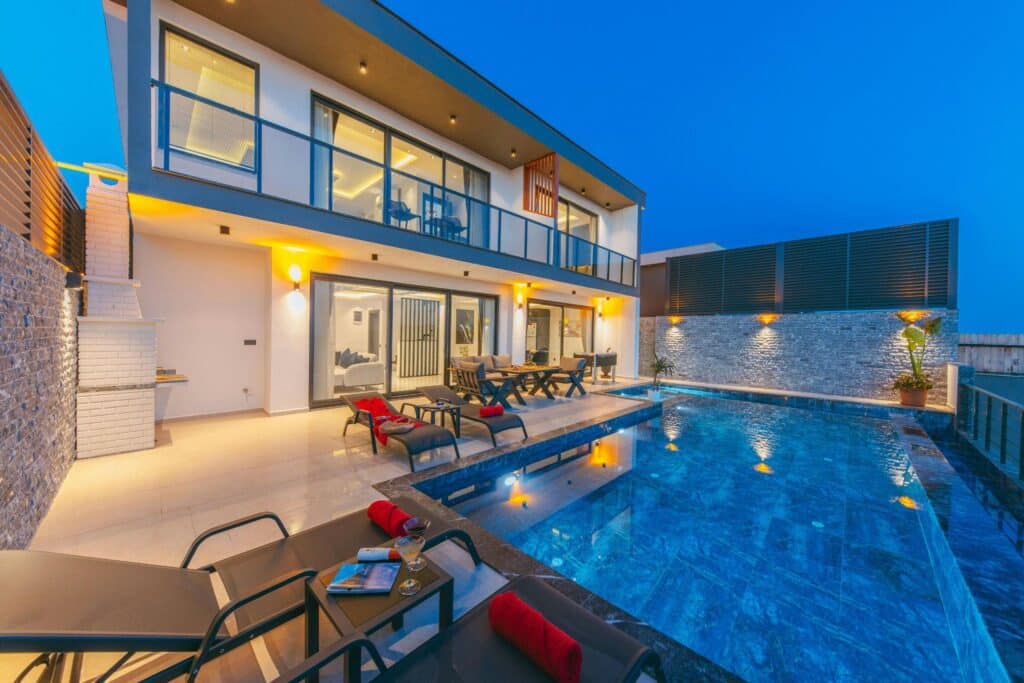Have you ever looked at a blueprint and struggled to picture how the final building will look? That’s where exterior 3d rendering services come in. Exterior 3d visualization is the transformative tool architects and designers use to turn flat, technical drawings into stunning, lifelike representations of outdoor spaces. It’s not just about showing a building—it’s about bringing it to life, complete with textures, lighting, and even the surrounding environment. Whether designing a cozy home or a sprawling commercial complex, this technology empowers you to visualize the future with incredible precision.
What is 3D Exterior Visualization?
So, what exactly is 3D exterior visualization? Think of it as a bridge between imagination and reality. Unlike traditional 2D blueprints, which can be hard to interpret, 3D visualization creates photorealistic images or animations of outdoor spaces. It’s like having a crystal ball that shows you exactly how a project will look once it’s built.
This process involves using advanced software like 3ds Max, Lumion, and V-Ray to create detailed 3D models. These tools allow designers to add realistic textures, lighting, and landscaping. The result? It is a visual masterpiece that captures every detail, from the brickwork on a building to the shadows cast by trees. It’s not just a picture—it’s an experience.
Benefits of 3D Exterior Visualization
Why should you care about 3D exterior visualization? The benefits are as clear as the renderings themselves. First, it improves communication. Instead of trying to explain a design with words or flat drawings, you can show clients exactly what you mean. This reduces misunderstandings and ensures everyone is on the same page.
Second, it enhances design accuracy, giving you the confidence that your vision will be realized. Visualizing the project in 3D allows you to spot potential issues early and make adjustments before construction begins. Third, it’s a powerful marketing tool. Whether you’re selling a property or pitching a design to stakeholders, photorealistic visuals can make a lasting impression. In short, 3d exterior rendering services are a game-changer for architects, designers, and clients.
Applications of 3D Exterior Visualization
The uses of 3D exterior visualization are as diverse as the projects it brings to life, sparking excitement about the endless possibilities. In residential design, it helps homeowners visualize their dream homes, complete with gardens, driveways, and outdoor lighting. For commercial projects, it’s a powerful tool for showcasing office buildings, shopping centers, or even entire neighborhoods.
Urban planners use it to visualize large-scale developments, while landscape designers rely on it to create stunning outdoor spaces. Even real estate agents use exterior 3d visualization to market properties before they’re built. The possibilities are endless, and the impact is undeniable.
How to Create Photorealistic 3D Exterior Visualizations
Creating a photorealistic 3D exterior visualization might seem complex, but it’s all about following the proper steps. Here’s a breakdown of the process:
- Gathering Requirements: Start by understanding the project goals. What’s the purpose of the space? Who is the target audience? What are the site conditions? These details will guide every decision you make.
- 3D Modeling: Create a detailed 3D model of the exterior. This includes the building, landscaping, and surrounding environment. Accuracy is key here, as mistakes will occur in the final rendering.
- Texturing and Lighting: Add realistic textures and lighting. This is where the magic happens—brick looks like brick, glass reflects light, and shadows fall naturally.
- Rendering: Use rendering software to generate high-quality images or animations. This step requires patience, as rendering can take time, depending on the complexity of the design.
- Post-Production: Add final touches like people, vehicles, or environmental effects. This is the finishing touch that makes the visualization come alive.
By following these steps, you can create visuals that are not only accurate but also breathtakingly realistic.

Tips for Achieving Photorealism in 3D Exterior Visualizations
Want your 3D exterior visualization to stand out? Focus on Photorealism. Start with lighting—natural light can make a space feel warm and inviting, while artificial lighting can highlight key features. Textures are equally important. Whether it’s the roughness of stone or the smoothness of glass, realistic textures add depth and realism.
Don’t forget about context. A building doesn’t exist in a vacuum—add surrounding elements like trees, roads, and even people to create a sense of place. And pay attention to details. Small touches, like how light reflects off a window or the texture of a brick wall, can make a big difference. Remember, the goal is to create a visualization that feels real.
Future Trends in 3D Exterior Visualization
The future of 3D exterior visualization is as exciting as the technology itself. Real-time rendering makes waves, allowing designers to make changes and see results instantly. Virtual reality (VR) is another game-changer, offering immersive walkthroughs that let clients explore spaces in real time.
Artificial intelligence (AI) also automates parts of the design process, making it faster and more efficient. These advancements are set to make 3D exterior visualization services even more accessible and impactful. The future is bright, and it’s looking incredibly realistic.
Conclusion
3D exterior visualization has become indispensable in a world where first impressions matter. It transforms abstract ideas into tangible visuals, making communicating, planning, and executing design projects easier. The applications are limitless, from residential homes to sprawling commercial developments.
As technology evolves, the possibilities for exterior 3d visualization will only grow. Whether you’re a professional or a client, embracing this technology can help you bring your vision to life with unparalleled precision and realism. So, the next time you plan a project, remember: the future is 3D.

